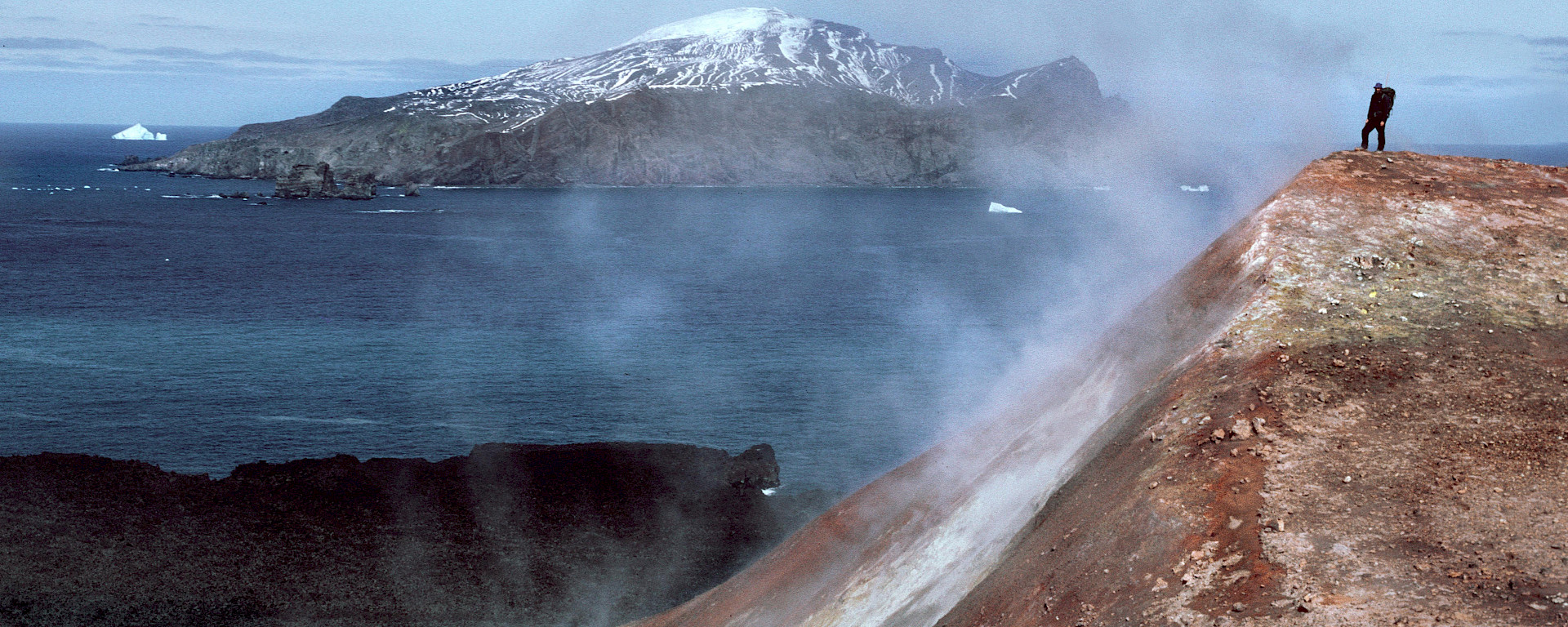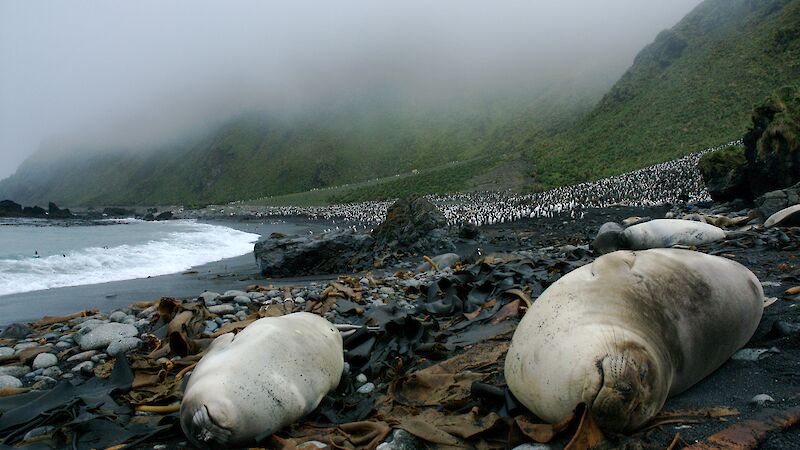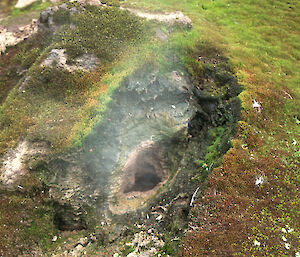Islands and their surrounding near-shore marine areas constitute unique ecosystems often comprising many plant and animal species that are endemic — found nowhere else on Earth. The legacies of a unique evolutionary history, these ecosystems are irreplaceable treasures.
Such is the case for Macquarie Island and other subantarctic islands, which support a rich diversity of penguins, seals, seabirds, invertebrates and plants. Macquarie Island has recently been the site of a comprehensive pest eradication program, to rid the island of the rabbits, rats and mice that threatened native species. In April this year the seven year project was declared a success, with no rabbits, rats or mice detected for the past two and a half years.
Already the flora and fauna on the World Heritage listed island is bouncing back, with tussock grasses providing cover for seabird chicks, and megaherbs returning in all their lush, green glory. Some bird species, previously restricted to breeding on offshore rock stacks, such as blue petrels and Antarctic terns, have begun to recolonise the main island. The cause of much of the island’s erosion and deadly landslides has also been removed.
Read more about the pest eradication project on the Tasmanian Parks and Wildlife Service website and in the Australian Antarctic Magazine (A brave new world as Macquarie Island moves towards recovery). In June, the Australian Antarctic Magazine will bring you the full story about the successful eradication project.
The key now is to ensure the island’s biodiversity is no longer threatened by accidental pest incursions from ships and visitors. In 2013 the Australian Antarctic Division opened its new biosecurity facility on the Hobart waterfront. The facility has vermin traps, impenetrable walls and fumigation areas and staff use rodent detector dogs to screen all cargo destined for Antarctica and the subantarctic. On Macquarie Island, rodent and insect traps are laid around the station during and after voyages.
Despite appearances, Antarctica is also a haven for biodiversity, thanks in part to the presence of volcanoes. A recent scientific paper published in Proceedings of the National Academy of Sciences shows that Antarctic volcanoes and other geothermal areas may have provided a refuge for biodiversity through past ice ages. The results support the authors’ hypothesis that species have been expanding their range and gradually moving out from volcanic areas since the last ice age. Read more in Volcanoes provided ice-age refuge for Antarctic biodiversity.




